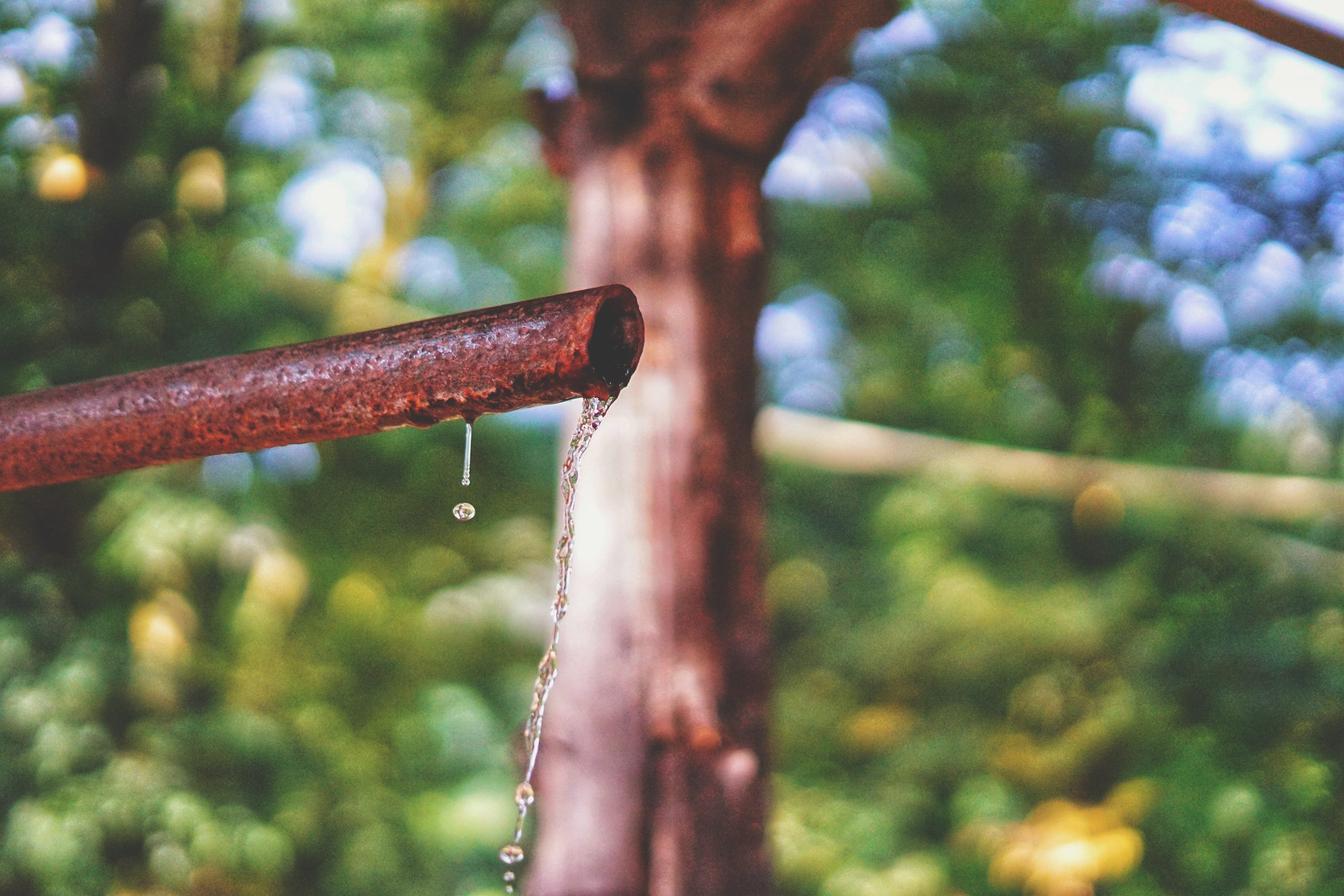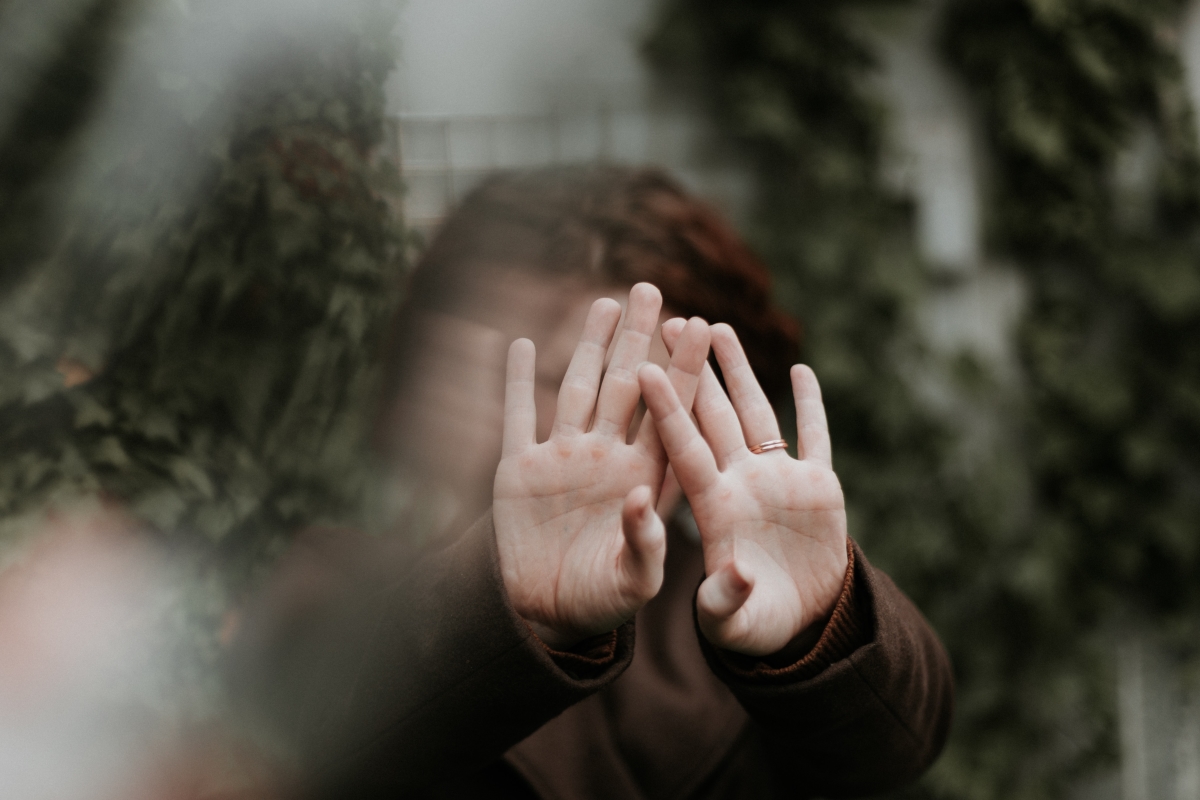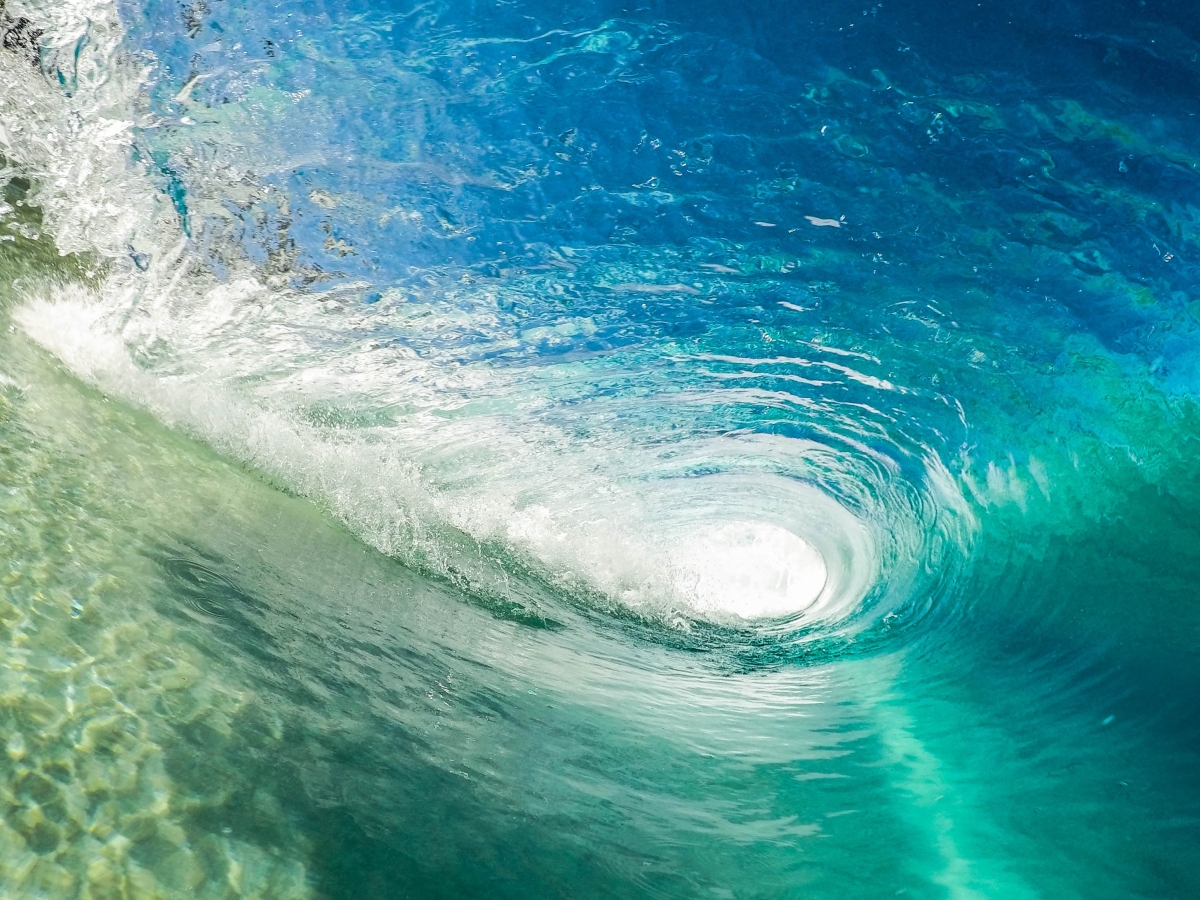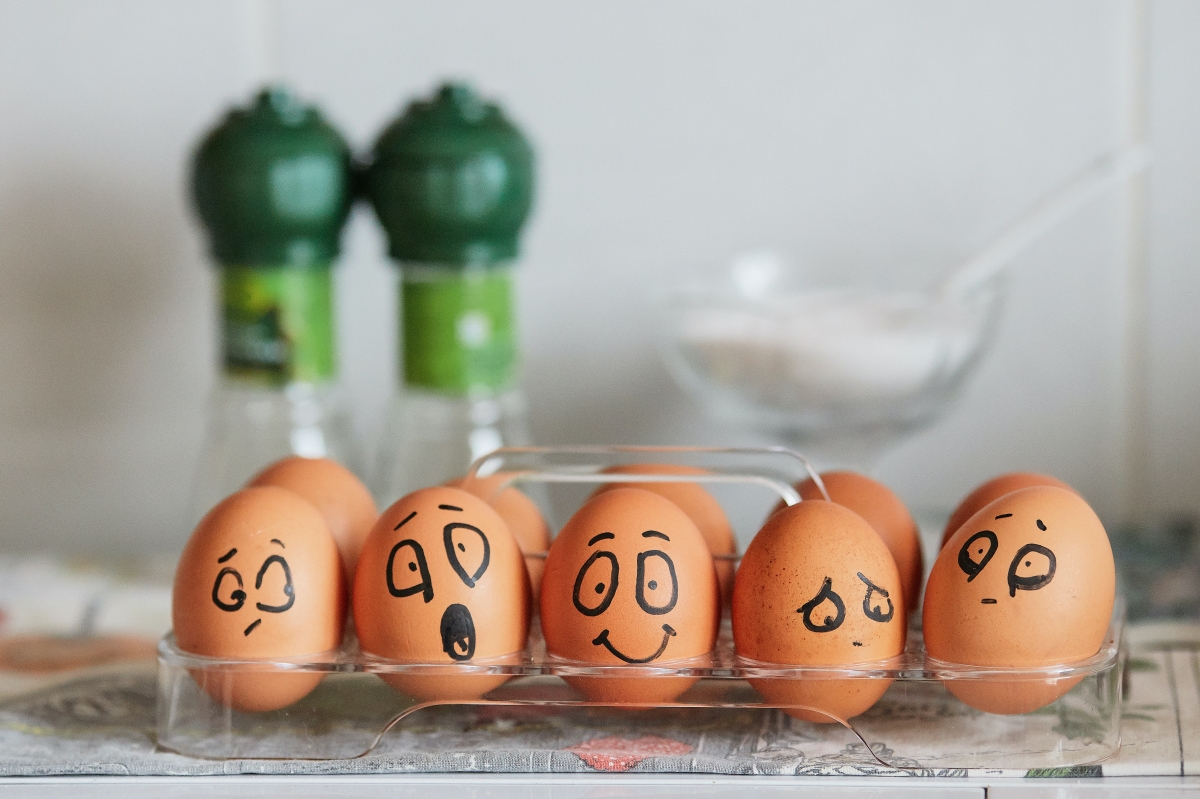How to feel your emotions instead and change your life.
The alternative to resisting and reacting is allowing.
Allowing is about feeling emotions in the moment as they come up.
Like a pipe with water flowing through it, when an emotion comes through, we stay wide open instead of constricting, resisting, and ultimately trapping it inside us.
Most of us have something like fear or sadness come down our pipe and we immediately close off and restrict flow. Then it’s like a blockage, and more and more emotions get stuck behind it as we continue resisting allowing it to process.
That moment when we explode on our kids or spouse, or end up crying it all out in a big overwhelming deluge, is usually the blockage getting pushed through finally.
You know that relief you feel after a good cry? It’s cause you’ve let the emotions finally come through.
But what if you could feel that relief from processing all the time, and in small manageable amounts rather than giant overwhelming floods?
It’s absolutely possible and it’s a skill that you can learn by just using 5 questions.
- What are you feeling now? – name one emotion
- Where is the feeling in your body? – heavy in your chest, tight in your throat, fluttering in your stomach
- What color is this feeling? – dark grey, deep red, bright green
- Is this feeling hard or soft?
- Is this feeling fast or slow?
As you go through each of these questions, stay in your body rather than your mind.
Try to experience the emotion as a sensation in your body rather than thoughts in your head.
Going forward in your life, whenever you notice yourself resisting or reacting, you can stop and take yourself through the 5 questions.
Allowing your feelings is absolutely possible and a skill that you can learn with practice.



